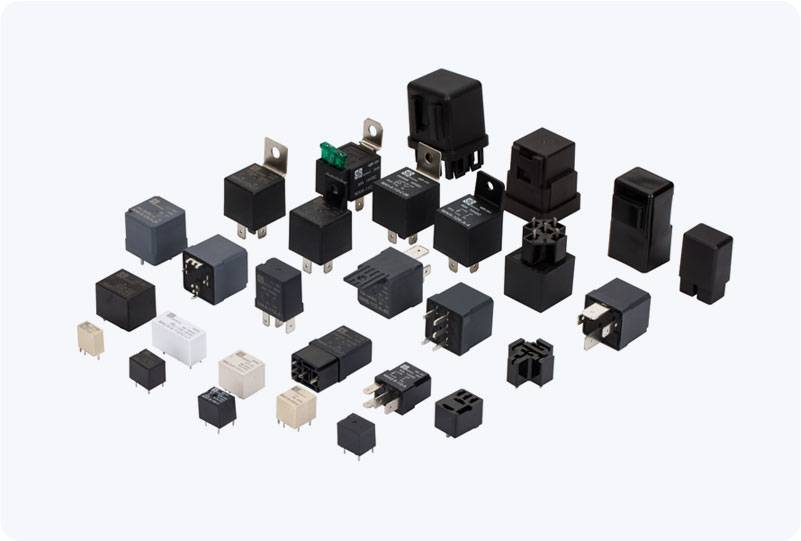Ground Fault Protection Relay (GFPR) plays a vital role in ensuring the safety and reliability of electrical systems. This protection device detects ground faults, which occur when a live conductor comes into contact with the earth or any conductive surface that is grounded. Ground faults can result in significant damage to electrical equipment, fires, or even severe electrical shocks, making GFPR indispensable in various applications.

What is a Ground Fault? A ground fault is an unintended connection between a live conductor and the earth or an earthed part of the system. When a fault like this occurs, electricity can flow through paths that are not designed to carry current, potentially endangering equipment, workers, and facilities. Ground faults can arise from damaged insulation, corrosion, equipment malfunction, or accidental contact with conductive surfaces. How Does Ground Fault Protection Relay Work? Ground Fault Protection Relays work by continuously monitoring the electrical system for the presence of fault currents. When a ground fault happens, the relay detects the current flow through a ground fault sensing device, such as a current transformer (CT) or a ground fault sensor. Once the fault current exceeds a pre-set threshold, the relay is activated.
Leave a Reply